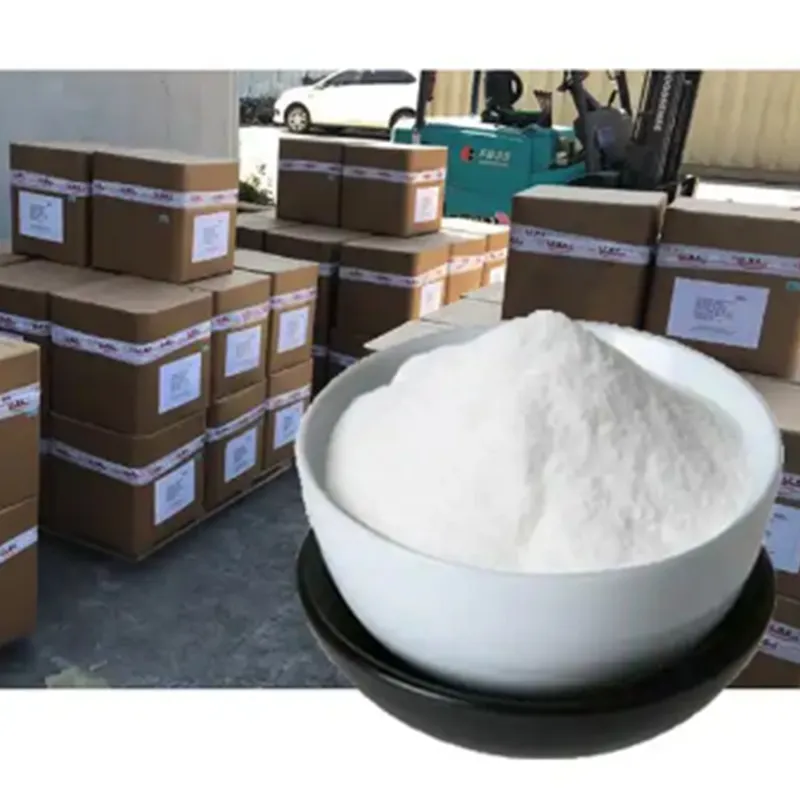
residual solvents
Understanding Residual Solvents Their Significance and Impact on Quality Control
Residual solvents are organic volatile chemicals that are used or produced during the synthesis of drug substances or excipients. These solvents may remain in the final pharmaceutical product and can adversely affect its safety and efficacy. As an integral aspect of quality control, understanding residual solvents is crucial for ensuring pharmaceutical products meet regulatory standards and for safeguarding public health.
Pharmaceutical manufacturing processes often involve various solvents, which serve as reaction mediums, extraction agents, or purification solvents. However, upon completion of the manufacturing process, it is vital that these solvents are effectively removed or minimized to acceptable levels. Residual solvents can arise from different sources, including starting materials, solvents used during synthesis, or even from the packaging processes.
The International Conference on Harmonisation (ICH) provides guidelines regarding residual solvents in pharmaceuticals through ICH Q3C. This guideline classifies solvents into three categories Class 1 (solvents to be avoided), Class 2 (solvents limit specified), and Class 3 (solvents with low toxicity). Class 1 solvents, such as benzene and carbon tetrachloride, are considered hazardous and should be completely eliminated due to their toxicity and potential carcinogenic effects. Class 2 solvents, like methanol and toluene, may be acceptable but are restricted to certain maximum limits. Class 3 solvents, such as ethanol and acetic acid, are less harmful, allowing for higher permissible concentrations, yet still necessitate monitoring.
The significance of monitoring residual solvents cannot be overstated. These substances can affect the pharmacological action of the therapeutic agent, lead to adverse side effects, and potentially harm patients. The presence of residual solvents is particularly concerning in products intended for sensitive populations, such as pediatric or geriatric patients, where even trace amounts might elicit serious effects. Consequently, manufacturers are required to carry out rigorous testing and validation to ensure that their products comply with established limits for residual solvents.
residual solvents

Testing for residual solvents typically involves techniques such as gas chromatography (GC) and headspace gas chromatography (HS-GC). These methods allow for the accurate quantification of solvent levels within pharmaceutical formulations. The adoption of Good Manufacturing Practices (GMP) and robust quality assurance processes plays a significant role in controlling residual solvents. By implementing rigorous standard operating procedures, manufacturers can minimize the risk of residual solvent contamination.
In addition to regulatory compliance, addressing residual solvents also has economic implications. Non-compliance may result in costly recalls, regulatory fines, and damage to a company's reputation. Furthermore, consumer trust is paramount in the pharmaceutical industry; thus, ensuring product safety and quality translates directly to brand loyalty and market competitiveness.
To mitigate the presence of residual solvents, manufacturers can employ several strategies. First, selecting efficient synthetic routes that minimize solvent use can substantially reduce residual levels. Second, optimizing purification and drying processes helps ensure that any used solvents are effectively removed. Lastly, manufacturers must remain abreast of technological advancements that might yield new, less hazardous solvents or solvent-free processes.
In conclusion, residual solvents represent a critical consideration in the pharmaceutical manufacturing process. Understanding their classification, monitoring their levels, and adhering to regulatory guidelines is essential for ensuring the safety and efficacy of pharmaceutical products. As the industry continues to evolve, ongoing collaboration between researchers, regulatory bodies, and manufacturers will be vital in ensuring that these substances are controlled effectively, safeguarding public health while fostering innovation in drug development. By prioritizing the reduction and management of residual solvents, the pharmaceutical industry can uphold its commitment to delivering safe and effective medications to patients worldwide.
-
Pure Sodium Dichloroisocyanurate Dihydrate | Powerful DisinfectantNewsAug.29,2025
-
Industrial Chemicals: Quality & Purity for Every IndustryNewsAug.28,2025
-
Nitrile Rubber Honoring Strict Production StandardsNewsAug.22,2025
-
Aspartame Ingredients Honoring Food Safety ValuesNewsAug.22,2025
-
Fertilizer for Balanced Plant NutritionNewsAug.22,2025
-
Cyanide Gold Processing with High Purity AdditivesNewsAug.22,2025
-
Formic Acid in Textile Dyeing ApplicationsNewsAug.22,2025
Hebei Tenger Chemical Technology Co., Ltd. focuses on the chemical industry and is committed to the export service of chemical raw materials.
-

view more DiethanolisopropanolamineIn the ever-growing field of chemical solutions, diethanolisopropanolamine (DEIPA) stands out as a versatile and important compound. Due to its unique chemical structure and properties, DEIPA is of interest to various industries including construction, personal care, and agriculture. -

view more TriisopropanolamineTriisopropanolamine (TIPA) alkanol amine substance, is a kind of alcohol amine compound with amino and alcohol hydroxyl, and because of its molecules contains both amino and hydroxyl. -

view more Tetramethyl Thiuram DisulfideTetramethyl thiuram disulfide, also known as TMTD, is a white to light-yellow powder with a distinct sulfur-like odor. It is soluble in organic solvents such as benzene, acetone, and ethyl acetate, making it highly versatile for use in different formulations. TMTD is known for its excellent vulcanization acceleration properties, which makes it a key ingredient in the production of rubber products. Additionally, it acts as an effective fungicide and bactericide, making it valuable in agricultural applications. Its high purity and stability ensure consistent performance, making it a preferred choice for manufacturers across various industries.





